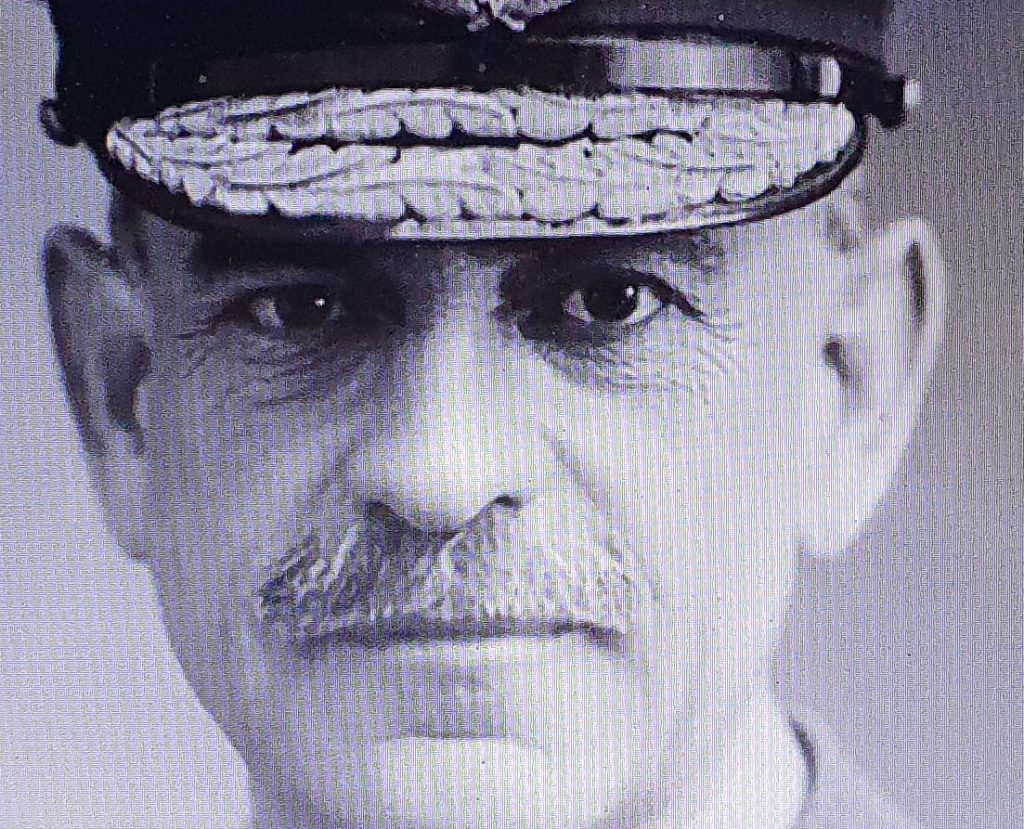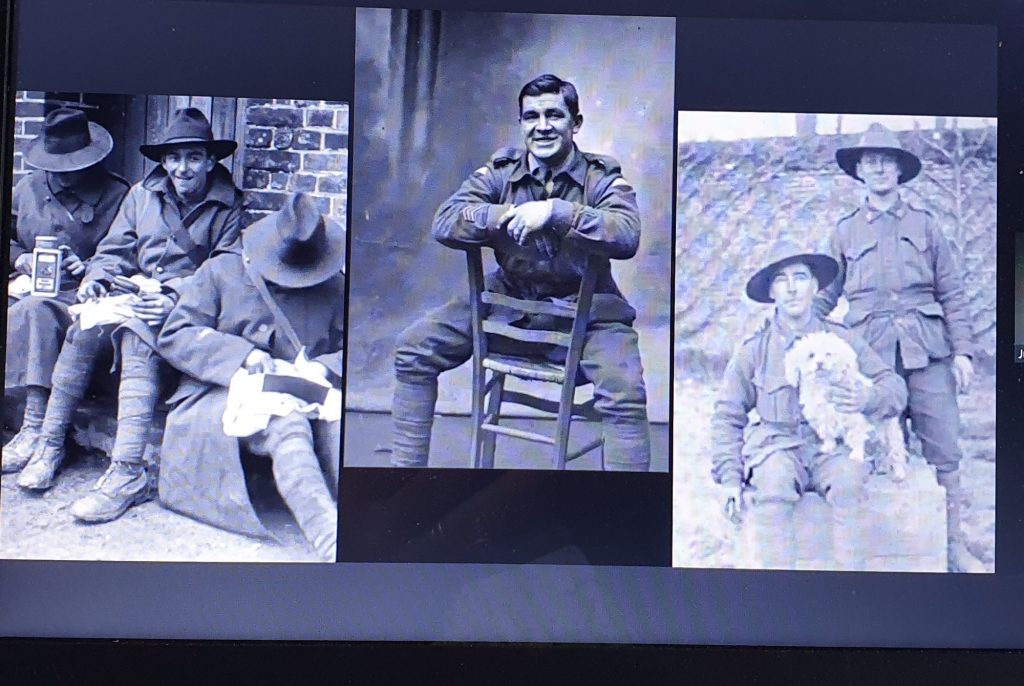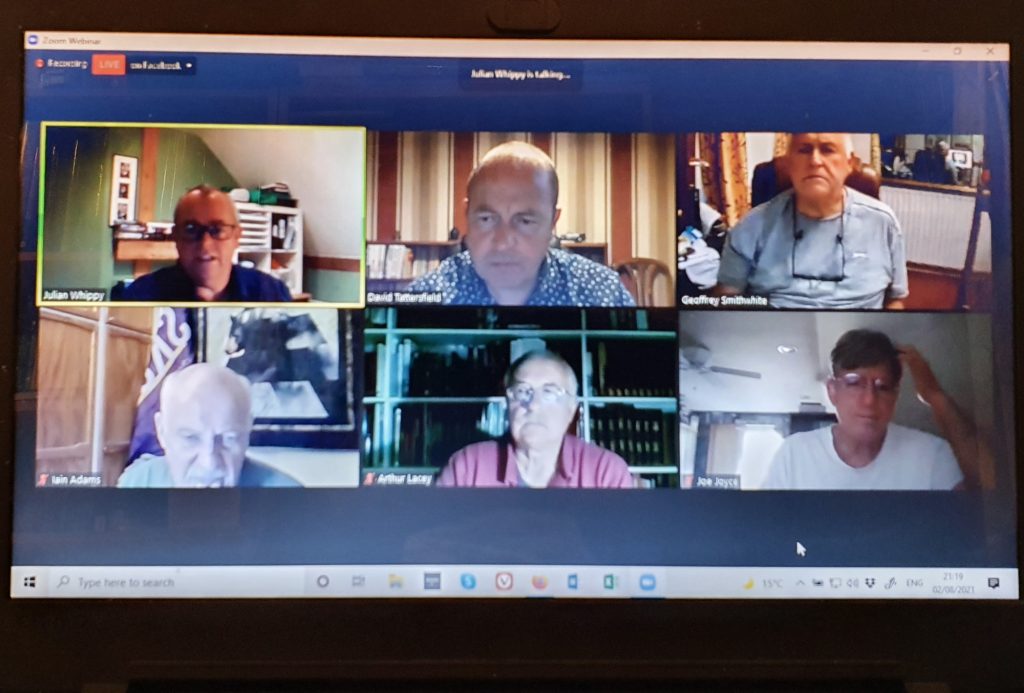General Sir John Monash (1865-1931) was an intense kind of guy. In his photo, his eyes seem to immobilise the viewer, leaving them helpless to interrogation. His almost smile probably leading to misunderstanding. He was undoubtably, a lovely man, however, he has been proclaimed as the greatest Australian military commander of all time.

When the Great War broke out, he was keen to join up. He was a mechanical engineer in civilian life so, having connections and an education, he obviously started off as an officer. However, the powers that be wanted him riding a desk in Melbourne. He didn’t like that. He wanted to be in the field.
There was a bit of a problem as far as a lot of his contemporary military leaders were concerned. His parents were German and Jewish. Not a good mix, they said. However, his personal network of top brass brushed aside the xenophobic concerns and he was sent to Egypt.
He was at Gallipoli in 1915 and proved to be an extraordinary officer, being quickly promoted. Naturally, this annoyed a lot of the seething ‘true blue Aussies’. A rumour started in Cairo that he was, in fact, a German spy. In the meanwhilst, he ignored the nonsense and did what he did best, he won battles.
On 1 June 1918, Monash was promoted to Lieutenant General and was given the command of the complete Australian Corps. In the 1920’s he was generally considered to be the greatest Australian who had ever lived.
I’d never heard of him until tonight. Well, apart from the university named after him.
I attended the latest WFA webinar. It was called A fine feat of War: The taking of Mont St Quentin 1918 and was presented by Julian Whippy. Sir John was in charge and the action was all Australian.

Julian has an excellent skill at showing the battlefield both then and now. In this way, the viewer can almost experience the issues of the past, seeing the action through both sets of eyes. He also has some amazing photographs, something that always brings a presentation alive. Though, I always look at the smiling faces and wonder how many of them survived the next battle.
One of the chief Australian tactics was known as ‘peaceful penetration’. The soldiers would take over as many enemy positions as possible, taking prisoners and not lives. They would approach, usually from behind, and take the position. This led to the German army being demoralised and gave the Australians a massive psychological edge.
It also meant a lot fewer meaningless deaths.
It was another excellent presentation which, as usual, attracted some equally excellent questions from the masses watching.

A highlight was when Julian showed a photograph of two army horses called Molly and Baldy. He made the off hand comment that Baldy shouldn’t be confused with David Tattersfield. It made me laugh. David, (the middle in the top row above) didn’t comment on it during the Q&A, which was a shame. He’d had an awful long time to come up with an appropriate response.


